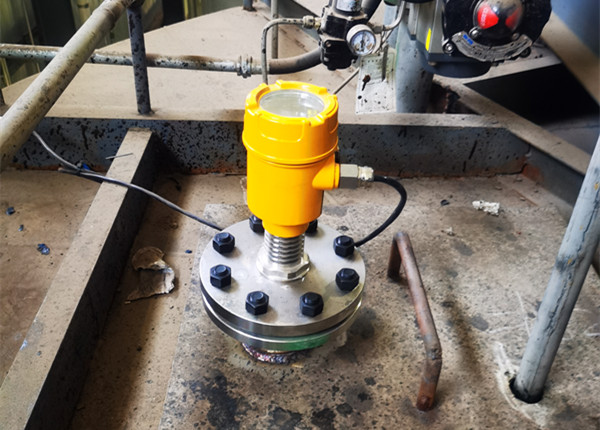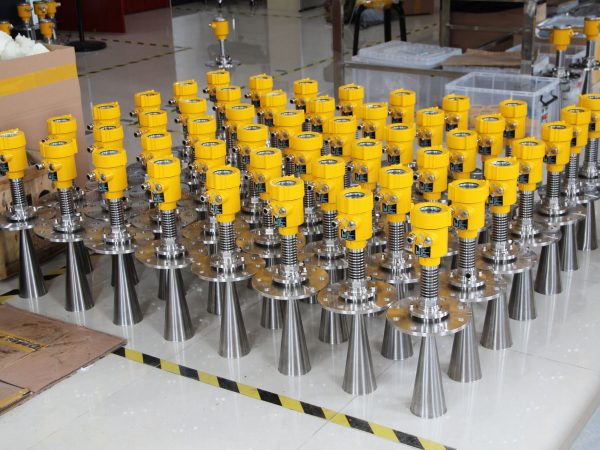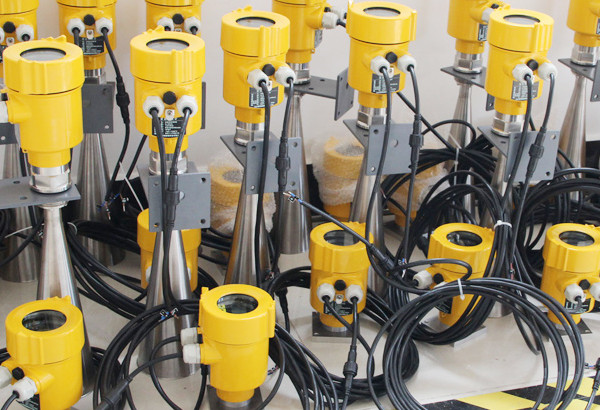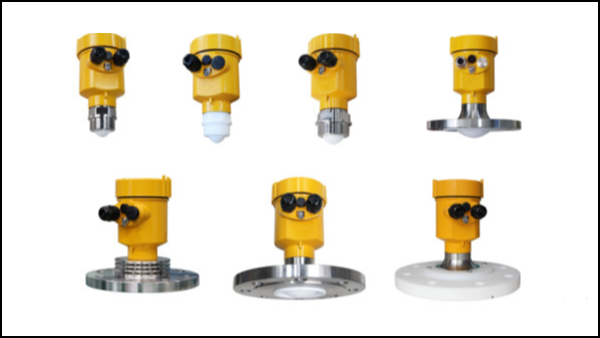1. Regular Inspections
- External Inspection: Regularly inspect the radar level meter for any mechanical damage, corrosion, or loose components. Pay special attention to the antenna, checking for any deformation or damage that could affect the transmission and reception of radar waves.
- Electrical Connections: Ensure that electrical connections are secure to avoid poor contact or aging of wires. Also, confirm that the power supply and signal cables meet specifications, preventing short circuits or overload issues.
- Power Supply Check: Regularly check the power voltage and output current to ensure stable power supply. An unstable power source may affect the performance and accuracy of the radar level meter.

2. Cleaning and Maintenance
- Antenna Cleaning: Clean the antenna surface regularly to prevent dust, dirt, or other debris from interfering with radar wave transmission and reception. Use a soft cloth to gently wipe the antenna, avoiding hard objects that might scratch or damage the surface.
- Housing Cleaning: Clean the housing to prevent dirt buildup that may affect heat dissipation and operation. Keeping the equipment clean helps extend its service life.
3. Environmental Adaptability Check
- Temperature Monitoring: The operating environment temperature has a significant impact on radar level meter performance. Regularly check the temperature at the meter’s head to ensure it remains within the allowable operating range.
- Protective Measures: Radar level meters operating in extreme environments may require additional protection, such as waterproofing or dustproofing, to prevent environmental factors from affecting the equipment.

4. Fault Diagnosis and Repair
- Fault Diagnosis: If the radar level meter shows abnormal operation, immediately perform fault diagnosis. Based on the fault indicators or abnormal behaviors, identify the issue and take appropriate corrective actions.
- Professional Repair: For complex faults or damages, professional repair is recommended. Non-professionals should avoid disassembling or attempting repairs, as this could lead to further damage.
5. Record Keeping and Monitoring
- Maintenance Records: Maintain detailed maintenance records, including the time, content, and results of inspections, cleanings, calibrations, and repairs. This tracking helps in identifying potential issues early.
- Performance Monitoring: Regularly assess the radar level meter’s performance, such as measurement accuracy and stability. Monitoring performance trends allows for the timely detection of performance declines and the implementation of preventive measures.

6. Record Keeping and Monitoring
- Maintenance Records: Maintain detailed maintenance records, including the time, content, and results of inspections, cleanings, calibrations, and repairs. This tracking helps in identifying potential issues early.
- Performance Monitoring: Regularly assess the radar level meter’s performance, such as measurement accuracy and stability. Monitoring performance trends allows for the timely detection of performance declines and the implementation of preventive measures.

In summary, proper maintenance and care of radar level meters are essential for ensuring long-term stable operation. Through regular inspections, cleaning, environmental adaptability checks, fault diagnosis and repair, record keeping, and operator training, the accuracy and service life of radar level meters can be effectively ensured, contributing to the safe and efficient production of enterprises.
